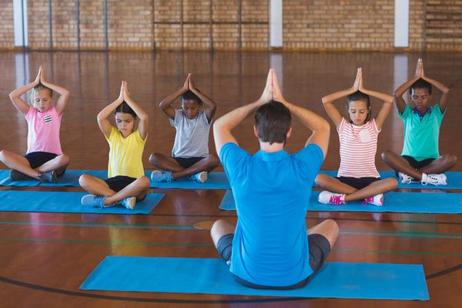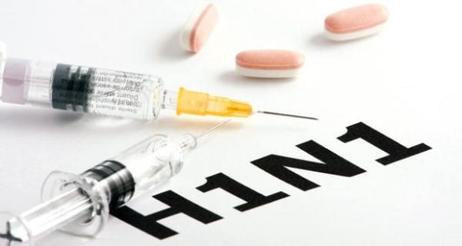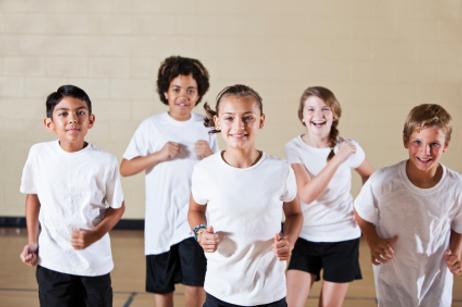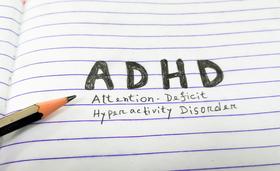Today’s physical education classes have undergone great transformations and reforms. Yoga is replacing laps around the gym, aerobics takes the place of dodge ball, and some students can even take “online” gym class! Through these innovative changes at many public schools, students are rekindling their enthusiasm for physical education.
The Shakopee Public Schools explain some of the benefits of PE as follows:
- "Improved Judgment: Quality physical education can influence moral development. Students have the opportunity to assume leadership, cooperate with others; question actions and regulations and accept responsibility for their own behavior.
- Stress Reduction: Physical activity becomes an outlet for releasing tension and anxiety, and facilitates emotional stability and resilience.
- Strengthened Peer Relationships: Physical education can be a major force in helping children socialize with others successfully and provides opportunities to learn positive people skills. Especially during late childhood and adolescence, being able to participate in dances, games and sports is an important part of peer culture.
- Improved Self-confidence and Self-esteem: Physical education instills a stronger sense of self-worth in children based on their mastery of skills and concepts in physical activity. They can become more confident, assertive, independent and self-controlled.
- Experience Setting Goals: Physical education provides children the opportunity to set and strive for personal, achievable goals."
Online Gym and Fitness Classes
For students who dread the thought of gym class, physical education may literally be just a few mouse clicks away. In fact, some Minneapolis public schools are offering online fitness courses to






















